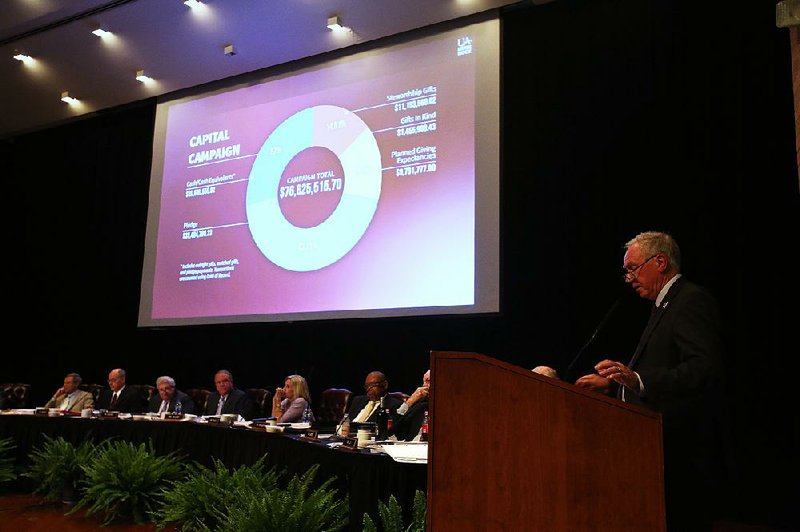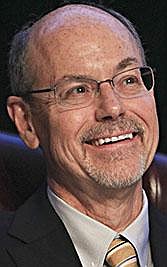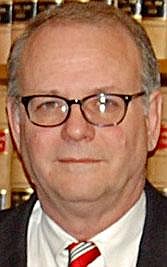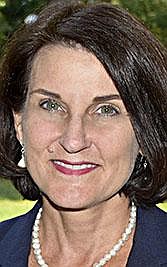Tuition or fees will officially rise next year at nearly every University of Arkansas System campus after a board of trustees vote Thursday.
Trustees approved tuition and fee increases of less than 3% at four of the five four-year universities at its final meeting of the academic year, held at the University of Arkansas at Little Rock.
The vote comes after three other Arkansas public universities raised tuition and fees for the upcoming academic year, one year after all public colleges and universities froze tuition prices at the request of Gov. Asa Hutchinson.
Southern Arkansas University trustees meet next Thursday and Arkansas State University System trustees meet June 6, the last of the two university systems to approve next year's budgets and tuition and fees.
In the UA System, only two institutions won't raise tuition: University of Arkansas Community College at Batesville and the University of Arkansas at Little Rock. UALR, however, will raise fees by about 3%, while the Batesville college will keep its fees as they are.
UALR's tuition freeze is notable as the university faces a multimillion-dollar deficit in the value of its assets in the coming year. The university is hedging its bets that keeping tuition at its current level, while working on numerous other initiatives to attract and retain students, will eventually help boost its enrollment numbers and tuition revenue.
Before this spring, when Arkansas Tech University trustees raised tuition and fees for the next academic year, UALR was the most expensive public university in Arkansas when accounting only for tuition and fees. UALR leaders also have touted that Little Rock's location and enrollment of city residents and older, working students means many students can live where they already do and not pay room and board as a part of attending.
After the vote, UALR Chancellor Andrew Rogerson thanked trustees for their patience in allowing the school to have a deficit while it pursues its enrollment and retention initiatives. He called the budgeting process a time of "self-imposed inquiry" and noted a committee review of all university offices and the formation of enrollment and retention committees.
"The way forward for us has been to frame this process as a wake-up call at a campus slow to change," Rogerson said.
UALR had 10,525 students in the fall, down from more than 13,000 several years ago.
Rogerson, as chancellor of the trustee meeting's host institution, delivered a presentation of those initiatives and showed trustees a four-minute promotional video of the university. The video featured words from alumnus and Little Rock Mayor Frank Scott Jr. and from numerous students praising the school's diversity and opportunities for internships and other programs available by virtue of its location in the state's largest city.
Trustee Cliff Gibson, who earlier in the day encouraged the system's schools to identify potential cost-cutting measures even when they are doing well, said he felt positively about Rogerson's presentation.
"Chancellor, I think we've been shown a lot here by UALR, and I'm very encouraged by the budget actions that you have taken, and all I see is good things coming forward," Gibson said.
Gibson, chairman of the audit and fiscal responsibility committee, said during his committee meeting Thursday morning that some schools "did a great job of cost-cutting efforts" and that "some said absolutely nothing about cost-cutting."
He said he was not singling out any schools and urged schools to include efforts to save money in the executive budget summaries that come with their proposed budgets.
"I think we owe it to the students, and I think we owe it to our team," he said.
"But I think every campus should have a conscious effort to save money... To me, that's worthy of concentration, not just when you're in trouble," he continued. "When you're doing good, you ought to always be doing that."
System President Donald Bobbitt said he believed all of the system's colleges and universities have some type of cost-cutting measure that could be reported with their budgets.
Gibson said trustees should be able to see that, and that such information would "make everybody feel better."
Gibson asked if, in the future, schools could submit budgets with a breakdown of salary and compensation by type of employee, suggesting categories for administration, faculty and athletic departments, among others. Trustee Ed Fryar expressed support for Gibson's suggestion.
Gina Terry, UA System chief financial officer, said that could be done on a general, to-the-dollar amount during the budget proposals. A precise figure would have to come closer to when university systems submit their financial reports to the Arkansas Department of Higher Education in June.
No cost increase for the universities would top 3%, which is what Bobbitt said was standard across the country.
Prices would rise more at the community colleges. The high of 6.7% for in-district students at the University of Arkansas Community College at Rich Mountain is to pay for the college's transition to the system's merged financial and human resources system.
Proposed tuition and fee increases are less than 1% each at the University of Arkansas Pulaski Technical College, which has been losing students and remains the most expensive of the system's two-year colleges. It is not supported by a local tax, unlike other colleges.
Community college costs would range from $2,980 per academic year (at Phillips Community College of the University of Arkansas) to $5,670 per academic year (at Pulaski Tech).
Tuition and fees will go up a combined 2.8% at the system's largest school, the University of Arkansas, Fayetteville. It will cost undergraduates taking 30 credit hours during the fall and spring semesters a total of $9,385 to take those courses next year.
The University of Arkansas at Fort Smith will remain the least expensive among the five traditional universities, at $7,338.50, while raising its tuition and fees the most, by 2.96%.
UALR would remain the most expensive of the universities, when factoring in only tuition and fees. It would be $9,528.60 for undergraduate students taking 30 credit hours during the fall and spring semesters.
For the next fiscal year, UALR initially expected to end up with a $6.9 million deficit to be covered by reserves, leaders said. After factoring in the value of the new wrestling facility, which will be donated to the university in the fall but is not actual cash income, UALR and UA System leaders now say the deficit is expected to be $5.6 million and that $5.6 million will be covered by reserves. The deficit itself is calculated by assigning monetary depreciation values, which represent an expense, to noncash items.
"The budget is prepared on an accrual basis so the budgeted deficit will not necessarily be one that requires cash reserves to cover it," Terry said.
The difference in expected revenue and expenses at UALR is $6.9 million, but $17.2 million in budgeted expenses is money that is not actually being spent. The university lists $17,150,000 as an expenditure in "depreciation," but it is only a calculation of the loss in value of university assets, such as buildings.
The university calculates its assets as a means of understanding its total value. For example, the university could sell a building and would receive an inflow of cash at its estimated value. Some buildings on the UALR campus may be fully depreciated, Terry said.
The university's net position -- the difference between the university's cost of operating and the wrestling facility, a "capital gift" that increases the university's assets -- is $5.6 million, Terry said.
A Section on 05/24/2019




